Retrospective analysis of harvest management performance for Bristol Bay and Fraser River sockeye salmon (Oncorhynchus nerka)
harvest management, ModelsAbstract Given current knowledge of mean stock-recruitment relationships and variation in past recruitment, yield of sockeye salmon (Oncorhynchus nerka) in Bristol Bay, Alaska, and Fraser River, British Columbia, might have been at least 100%-300%…
An exploratory investigation on possible approaches used to minimize terminal fishery impacts on the Skeena River steelhead population
Bycatch, Commercial Fishery, ModelsThis report investigates the utility of using a numerical simulation model to identify the frequency, timing and magnitude of fishery openings that can protect 80% of the steelhead run from terminal fishing impacts, with 90% certainty, while…
